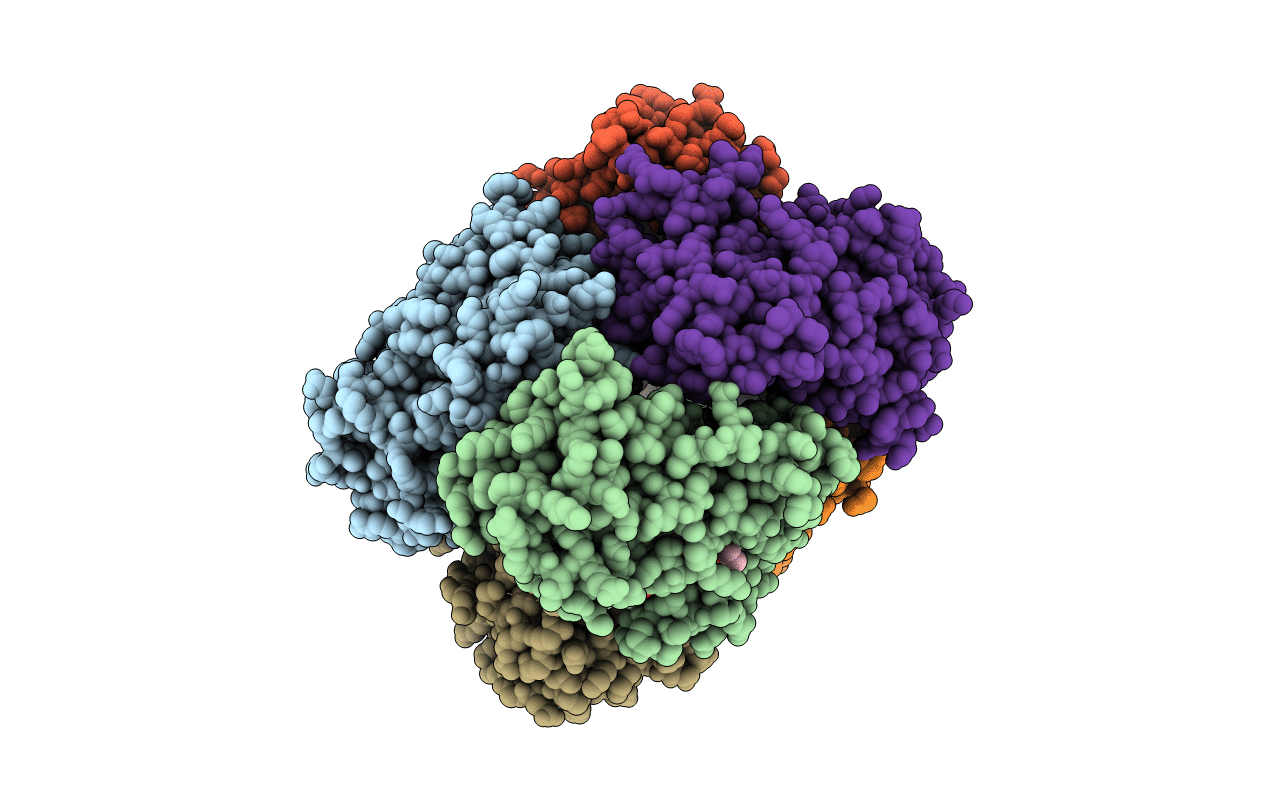
Deposition Date
2018-08-21
Release Date
2018-10-17
Last Version Date
2024-03-13
Entry Detail
PDB ID:
6M7Z
Keywords:
Title:
A divergent kinase lacking the glycine-rich loop regulates membrane ultrastructure of the Toxoplasma parasitophorous vacuole
Biological Source:
Source Organism:
Toxoplasma gondii (Taxon ID: 383379)
Host Organism:
Method Details:
Experimental Method:
Resolution:
2.50 Å
R-Value Free:
0.23
R-Value Work:
0.19
R-Value Observed:
0.19
Space Group:
P 21 21 2


